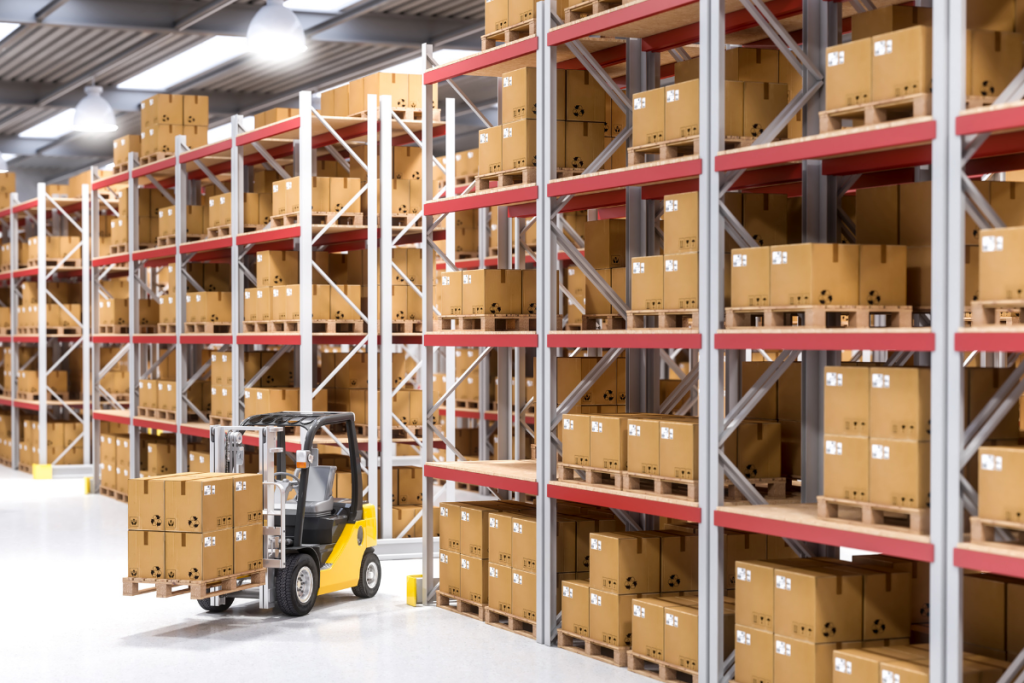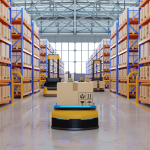Labor shortages, rising costs, and service-level pressure have made warehouse operations harder to manage. Many facilities still rely on static, rules-based systems that lag behind today’s volatility. Forecasts are often outdated, staffing mismatched, and slotting decisions reactive. The result is increased travel time, late orders, and margin erosion.
Emerging AI tools are addressing that gap by using machine learning models to process live data, from inbound shipments to labor availability, and provide optimized, real-time recommendations. Studies from MHI and Deloitte show that 74% of warehouses plan to deploy AI or machine-learning capabilities by 2026, up from just 14% five years ago.
Reducing Travel, Rebalancing Labor
Slotting and picking account for over half of warehouse labor costs. In many sites, pickers spend more than 50% of their time walking between locations. AI changes that by continuously re-evaluating item placement based on order patterns, velocity, and affinity.
Some operators using AI-based slotting have reported picker travel time reductions of up to 28%, based on internal pilot studies. Instead of filling available space, items are placed with the shortest pick paths in mind, increasing throughput without adding labor.
On the labor side, AI-based forecasting models now blend historical data with live order volumes, absence reports, and late shipments to recalibrate workforce plans. This allows managers to adjust staffing by shift or zone, cutting reliance on surge labor and reducing underutilization.
In the yard, AI tools rank trailers based on contents, urgency, and available dock capacity. Trailers with high-priority items are moved up the queue, reducing detention fees and improving order cycle times.
Real-Time Adjustments, Explainable AI
Unlike traditional WMS platforms that rely on static rules, agent-based AI adapts continuously. As conditions change, whether due to a delayed truck, a quality hold, or a staffing shortfall, AI systems reassign tasks and resources based on updated priorities. Modern AI platforms include reasoning trails that show managers why a trailer or task was prioritized. This transparency is helping operators trust and act on AI suggestions without manual overrides.
Computer-vision tools and yard sensors further extend AI’s reach. Vision systems identify trailer contents and space availability, while real-time updates feed back into slotting and staffing decisions. In some cases, AI also flags temperature violations in reefers or predicts load congestion before it occurs.
Data Speed as a Differentiator
As AI adoption grows, the competitive advantage is shifting from square footage to data velocity. Warehouses that reduce latency between data capture and decision-making, shrinking reaction times from minutes to seconds, are more likely to hit service goals and control costs. Instead of expanding space, many operators are now investing in sensor networks and data pipelines to make their existing footprint more responsive.







